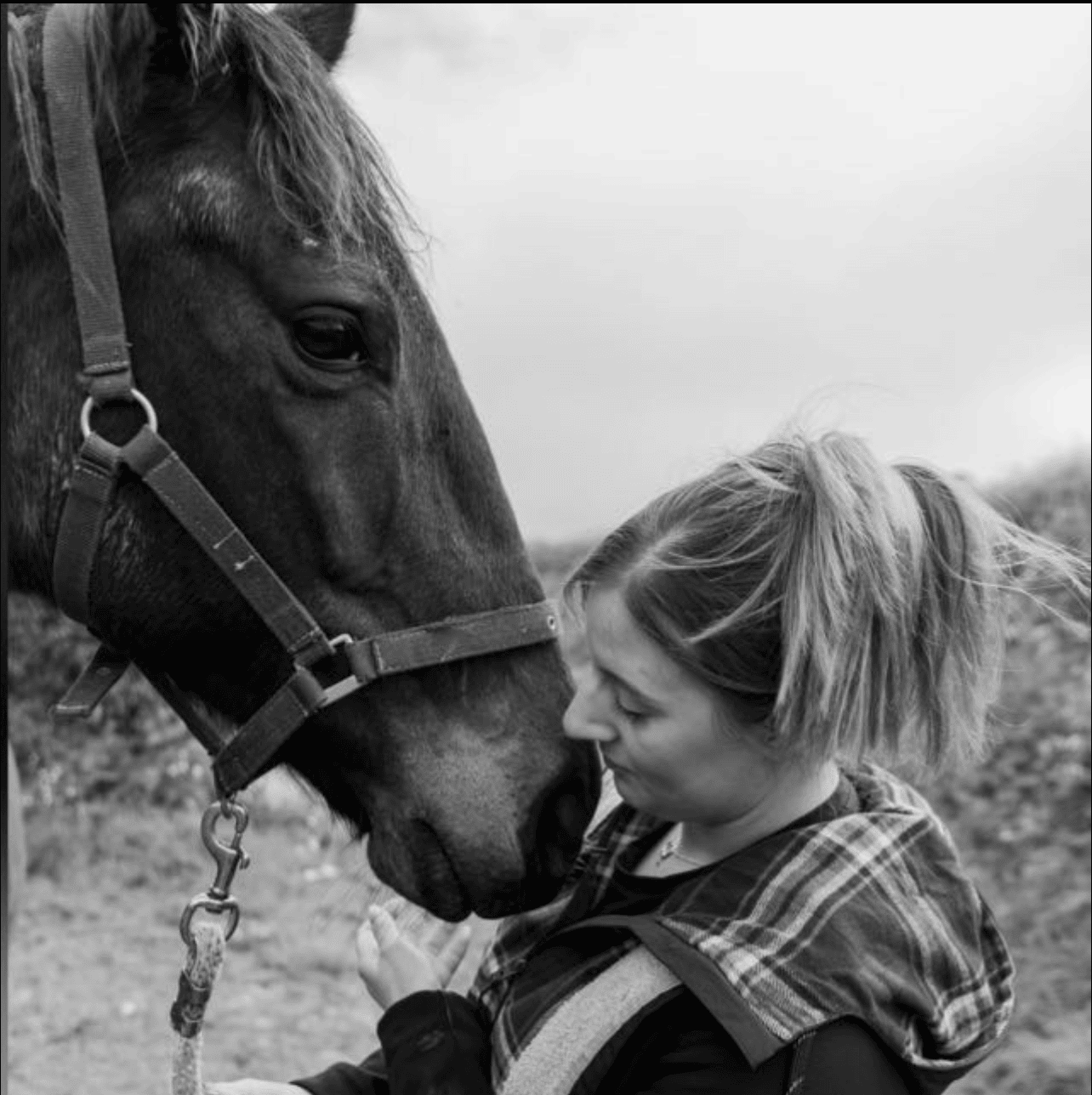
Introduction
Photography has evolved dramatically over the years. With the advent of digital photography, photographers have faced a choice: should they shoot in RAW or JPEG format? This ongoing debate has sparked countless discussions among photographers of all levels. In this blog post, we’ll dive into the world of RAW vs. JPEG images to help you understand the differences, advantages, and when to use each format.
Photography has evolved dramatically over the years. With the advent of digital photography, photographers have faced a choice: should they shoot in RAW or JPEG format? This ongoing debate has sparked countless discussions among photographers of all levels. In this blog post, we’ll dive into the world of RAW vs. JPEG images to help you understand the differences, advantages, and when to use each format.
Before we delve into the debate, let’s clarify what RAW and JPEG images actually are:
Already a member?